Singular and Plural Nouns (15 Rules, 50 Examples & Worksheet)
What is singular noun? The singular nouns are words that only refer to one person or thing. They can be used as a subject, direct…
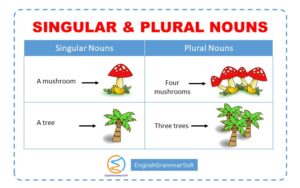
What is singular noun? The singular nouns are words that only refer to one person or thing. They can be used as a subject, direct…
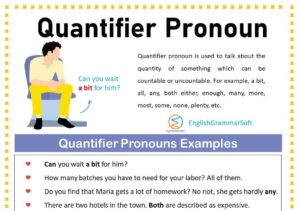
What is Quantifier Pronoun? Quantifier pronoun is used to talk about the quantity of something which can be countable or uncountable. For example, a bit,…

What is Exclamatory Pronoun? A pronoun that is used to express wonder or surprise is called exclamatory pronoun. For example, what, how. The state of…
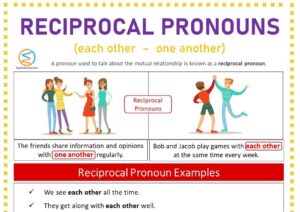
Reciprocal Pronouns A pronoun used to talk about the mutual relationship is known as a reciprocal pronoun. These kinds of pronouns are used to indicate…
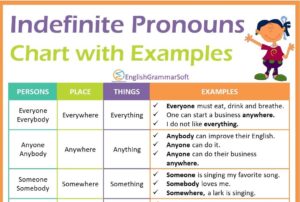
Indefinite Pronoun We use indefinite pronouns when we want to refer to people or things without saying exactly who or what they are. It is…
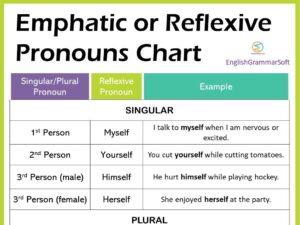
Emphatic or Reflexive Pronouns Reflexive pronouns direct their action back to the subject. A pronoun that is formed by adding ‘self’ or ‘selves’ to a…
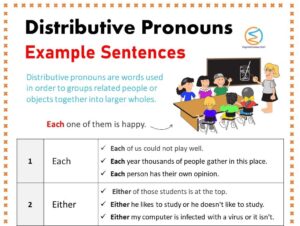
A pronoun that describes whether things or persons are mentioned separately or collectively is called a distributive pronoun. It refers to some noun going before…

Demonstrative Pronouns A demonstrative pronoun points to some noun. It is called demonstrative because it points to some noun going before and is used instead…
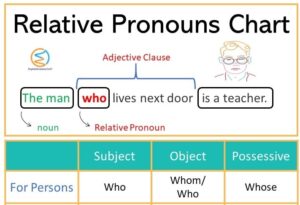
Relative Pronouns A relative pronoun introduces a clause. It refers to some noun going before and also joins two sentences together. It does the work…

What’s the difference between “my” and “we” in business? Good question. “My” is the possessive form of “me”; it refers to yourself. The word “we”…